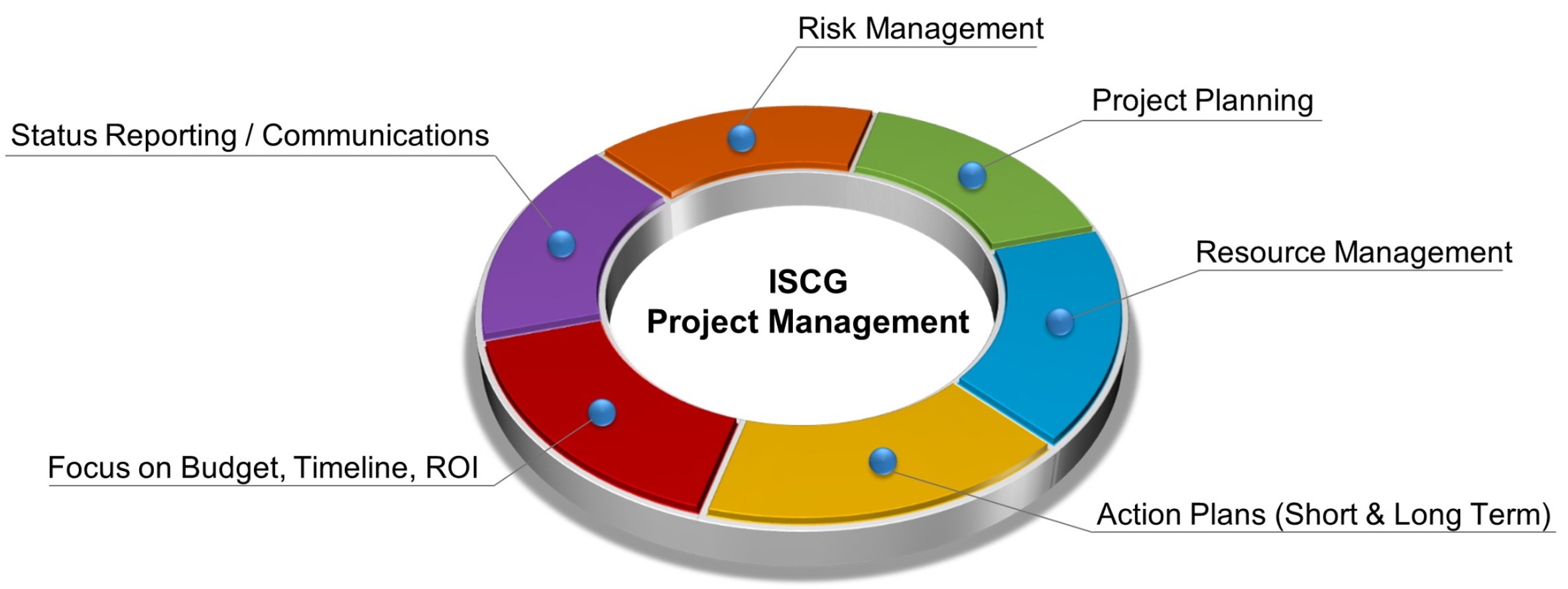Project Management
A complex IT project often succeeds or fails based upon how the project is managed. Some associations assume the vendor will manage the project for them, but later realize that the vendor only manages those tasks that directly affect the vendor. Project management is the association’s responsibility, but even an experienced project manager can run into trouble if proper planning and realistic expectations are not established up front.
Inadequate project management usually leads to misunderstandings, missed deadlines, budget overruns, and systems that fail to meet expectations. Some of the leading contributors to poor project management include:
Inadequate Planning – The selection and implementation of an AMS, LMS, or Website cannot be successful unless all required tasks are (a) included in your project plan and (b) have the proper resources assigned. If certain tasks are overlooked, or if you do not have a way of measuring whether your available resources have the time to complete each task in a high-quality and thorough manner, then your cost and timeline estimates will be pure guesses, not supported by a realistic analysis of the true effort required.
Unidentified Risks – Many associations embark on a new AMS, LMS, or Website project without a full understanding of the risks that could occur throughout the project. They end up learning about the risks after it is too late to prevent the consequences. You cannot develop a proactive risk mitigation strategy unless you have a way of first identifying all the potential risks that might occur.
Lack of Communication – Conducting a kickoff meeting followed by sporadic status reports is not an adequate communication strategy. If staff do not know what is expected of them well in advance, or if management is unaware of issues that could affect the project timeline or budget before they become a crisis, then you will end up operating in reactive mode and jumping from one fire to the next. In order to gain buy-in and effective engagement, staff at all levels must feel that they are an integral part of the project. Proactive communication is critical. Without regular communication, the initial excitement about the promises of a new system may wane, and may even lead to fear and dread of the pending Go-Live cut-over. Effective communications will build trust in the process.
Insufficient Resources – Assigning a project manager is the easy part. But do you have a way of quantifying the time staff will have to devote to the project, estimating when their time will be needed, and determining if there are enough work hours to also perform their normal job functions? If you do not have answers to these questions, you may not have sufficient resources to meet your desired go-live date, and your project plan may be unrealistic. If you begin your project without a true understanding of the time commitment necessary from your staff (not just your project manager), then you have no basis for your timeline promises to the board. In such cases, shortcuts are frequently taken, efforts are not sustained, and excuses as to lack of stakeholder availability typically prevail.
ISCG’s professional consultants and the IT Guidance Framework provide the project management guidance and tools to make your AMS, LMS or Website implementation a success! Here is how it is accomplished:
- A formal blue-print of all phases of your project, from selection through implementation, is outlined in an easy to comprehend hierarchical manner.
- Each phase is supported by step-by-step explanations of the “best practice tasks” that should be performed. There is no guessing at any time during the project as to what you should be doing and what tasks will occur next.
- Project management templates such as RACI Charts, Project Plans, Staff Time Commitment Calculators, Risk Registers, Communication Plans, and more are provided, that can be customized to your particular needs or used right out-of-the box.
- Seasoned project managers will easily understand the Framework’s prescribed guidance and will “hit the ground running” when the project begins.
- The Framework acts as a mentor for “unseasoned first time” project managers, providing an invaluable education as to project management “best practices.” Comprehensive instructions included with every template provide guidance on how, when, and why the template should be used. Once the project is complete, lessons learned from the Framework provide a solid, reusable foundation for future projects, thereby maximizing the ongoing value provided by the Framework.
- ISCG’s professional staff can help mentor and guide your project manager, or we can take the lead project manager role for the entire effort.
Contact us to learn more about the
IT Guidance Framework



